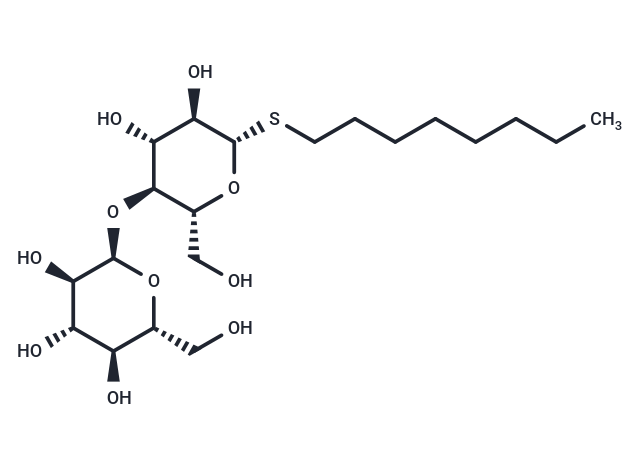QI need a total of 500 mg of the product for animal experiments, but it won't be used up all at once. How should I dissolve it?
ADetermining the amount based on solution clarity.1. If the prepared solution is clear, it can be prepared in a larger amount for one-time use and stored at 4°C. It is recommended to prepare the solution once a week, as prolonged storage may lead to loss of efficacy. 2. If the prepared solution is a suspension, it is recommended to prepare and use immediately each time.
QWhere can I find purity infomation for future products?
AFor futures products, no purity information or quality inspection can be available. Once the products are available, we will conduct quality inspections to determine the purity and structural information, which will be displayed on our official website.
QHow should inhibitors be dissolved for cell experiments?
AInhibitors are typically dissolved in DMSO to prepare a concentrated stock solution. Please store at -80°C and aliquot the product to avoid repeated freeze-thaw cycles. For short-term use within one week, aliquots can be stored at 4°C. When diluting in experiments, PBS, physiological saline, culture medium, and water are commonly used. (Note: In cell experiments, the final concentration of DMSO should not exceed 0.1%. If it exceeds 0.1%, it's necessary to conduct a negative control experiment during preliminary test to assess any potential effects of the solvent on cells.)
Qwhat frequency should sonication be used?
AIt is recommended to use the conventional ultrasound cleaning frequency
QWhat are the common methods for dissolving compounds in animal experiments?
AFirst, you need to confirm the dosage and administration route. For specific products, it is recommended to refer to literatures that cite our product. If there are no relevant references and the compound dissolves well in DMSO, we recommend a general formula: 10% DMSO + 40% PEG300 + 5% Tween-80 + 45% Saline/PBS/ddH2O. The solvents should be added sequentially, and each solvent should be added after ensuring as much dissolution as possible. For normal mice, keep the DMSO concentration below 10%, and for nude mice and mice with weak tolerance, the DMSO concentration should be kept below 2%. The ratio of PEG300 and Tween-80 can be adjusted accordingly based on whether the solution is clear or not. Other co-solvents can also be used.
The above formula is for reference only. Please adjust according to different conditions. It is recommended to first test a small amount of compound with the formula before preparing a large quantity. Additionally, sonication or heating can be used to accelerate dissolution.
For intraperitoneal injection, it is preferable to use salt forms of compounds as they have higher solubility. If the dosage is large, suspension may be used for intraperitoneal administration.
For oral gavage, especially with larger doses, it is recommended to prepare a homogeneous suspension using 0.5% CMC-Na.
 Your shopping cart is currently empty
Your shopping cart is currently empty


